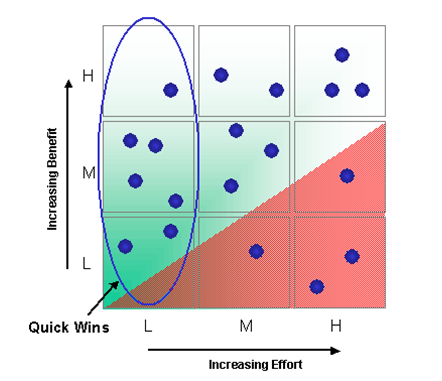Improve refinery margins by HydroTreater debottlenecking
Current operation environment
In today’s 10 ppm Ultra-Low Sulphur Diesel world, the HydroTreater (HT) or HydroDeSulphurisation (HDS) unit has become an upgrader with an appreciable contribution to the Refinery Margin. Some of them were recently built, some of them are decades old and have been revamped to the new specifications, but the incentive to stepwise improve their operation will not disappear. Performing a thorough gap analysis every so many years is therefore a good start to find new margin opportunities: Optimal Catalyst performance is of high importance.
Gap analysis
Such a gap analysis typically starts with a process review focussing on the 3 main parts of the unit: (1) the Feed section with pumps, heat exchangers and furnace, (2) the Reactor section and (3) the Work-up section. The review requires good insight into design principles as well as the level of the current operation. Catalyst performance reports and a well-documented test run are good starting points.
Debottlenecking options feed section
Looking at the Feed section first, a good way to scout de-bottlenecking options is to check if the feed pump turbine or motor has some capacity left, usually it has been over-designed on at least one of these! New inserts in the downstream heat exchanger shells, better pre-heat or a proper clean-out are good ways to heat up more feedstock up to the desired reaction temperature.Debottlenecking options reactor section
Regarding the Reactor section, a new fill of a more active catalyst is an easy quick win, but often a significant boost in activity can be achieved by improving the utilisation of the reactor via more compact & efficient internals. Upgrading conventional trays to State-of-the-art ones can easily add 20% catalyst activity. This activity increase can then be used for more or heavier feed or deeper conversion of aromatics, all to maximise the amount of product barrels. Another important operating variable to optimise is the H2 pressure in the reactor as this is a main driver of the chemical reactions. Compressors are expensive pieces of equipment, so larger ones are not easy to justify, but other ways to lift the H2 pressure are available, such as purification of the fresh and/or recycle gas or maximising the unit pressure profile as a whole.Debottlenecking options work-up section
Finally, in the Work-up section the separation of slops is often poor, leading to recirculation of low-S diesel molecules back to the Crude Distillation. Reducing give-away on Flash Point is a way to improve product yield here, directly boosting the unit bottom line. Also, improving the heat integration with the feed section is a good way to reduce the overall energy consumption or remove a constraint at End-of-Run, when catalyst has to run as hot as possible.Added-value ranking
After this process review it is good practise to list all possible improvements. Ranking them on added value is the next, crucial step in the revamp project or Management of Change process. Experience shows that a number of Quick Wins will have a Pay-out time of < 1 year. Confirmation of the selected option(s) by a licensor or catalyst supplier is the final one.
Design & implementation
In the end the unit hydraulics and safeguarding have to be checked before any new equipment (parts) can be designed and ordered. After installation and re-start a performance test run will have to prove the desired improvements and will the unit be ready

Catalyst-Intelligence is a consulting company providing independent & comprehensive advise on fixed bed catalysts to refineries and petrochemical plants. For more information how we can help you we refer to our website: www.catalyst-intelligence.com

